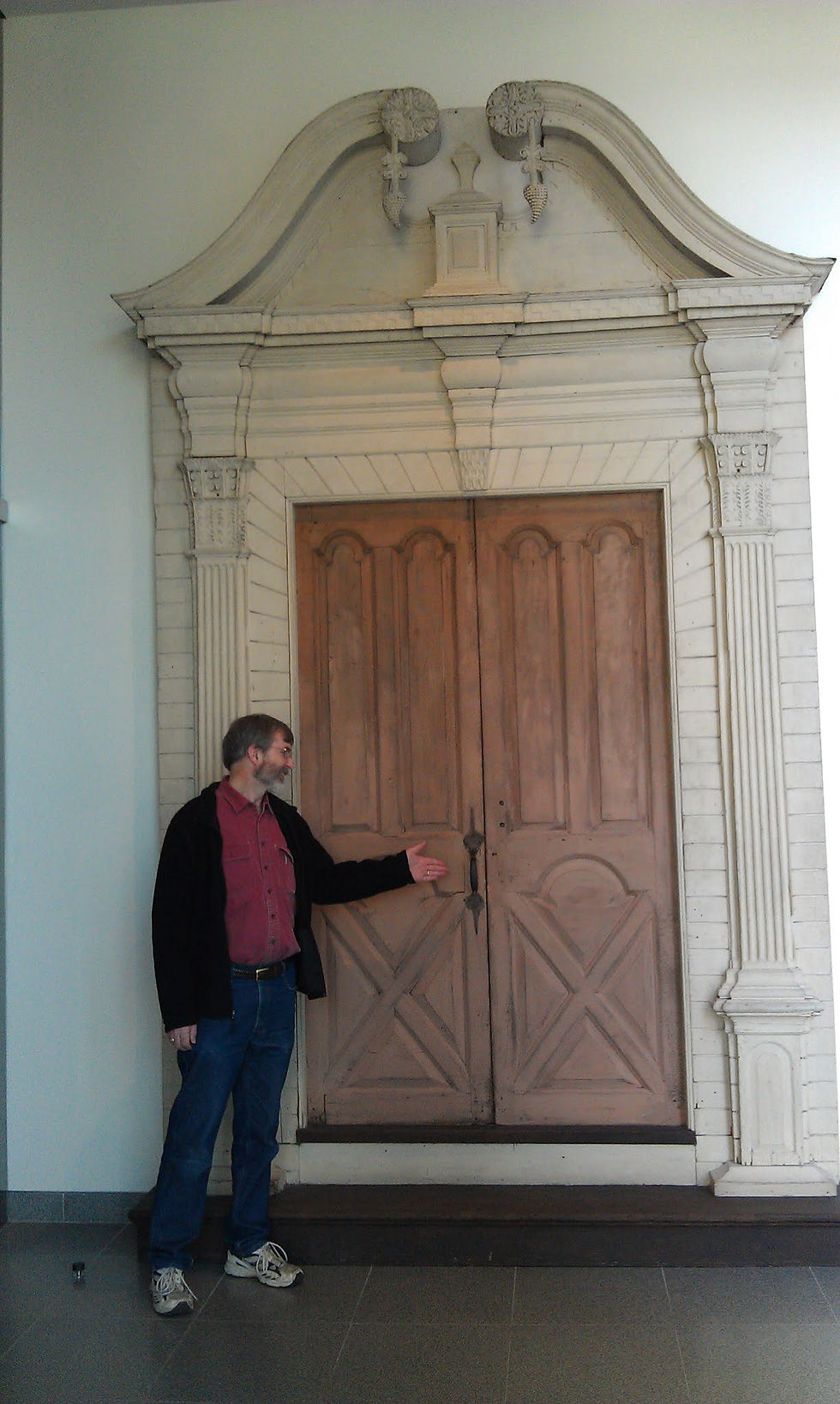- Beth Hoff

- Oct 31, 2022
- 3 min read
Updated: Dec 1, 2022

William Goldthwait
In the 1800s, the talented and well-known Goldthwait family enriched the community and culture of Longmeadow. Today, the family legacy endures in a philanthropic fund established to assist residents in need of financial assistance.
Erastus and Hannah Goldthwait had three talented sons: Flavel, Jonathan Hale, and William Colton (“William C.). Flavel, who died young, was an educator in Hartford and Jonathan was a talented engraver and map maker. While I would have loved to have met all of them, I would have especially wanted to meet William C. Goldthwait. An accomplished educator and farmer, he was a beloved and highly respected citizen of Longmeadow. According to his obituary:
“He was a thoroughly original character of marked peculiarities, both in person and address, an alert and stimulating teacher, as a writer and speaker bright, witty, quaint and striking, both in thought and expression, a lover of nature and poetry, greatly fond of good books and good people, extending his research beyond his vocation into various sciences and particularly that of agriculture.”
William C. Goldthwait was an experienced educator who led Westfield Academy from 1844 until 1855. He also worked to advance the teaching profession, serving as the editor of “The Massachusetts Teacher”. An 1850 advertisement provides more information about the school.

Pittsfield Sun, Nov. 21, 1850
In 1855, William C. and his family left Westfield and moved to his childhood home in Longmeadow. The house is no longer there, but it was located on Longmeadow Street south of Maple Road. The 1870 Longmeadow map shows the property next to Raspberry Brook on “Green Street” (the name that Longmeadow Street was called in 1870). Until 1868, William C. ran a small boarding preparatory school for boys on this property. In addition to running a school, he was a proud farmer and was a popular speaker on behalf of agricultural science.

1870 Map of Longmeadow
William C. Goldthwait retired from teaching and farming and he and his family moved to 756 Longmeadow Street around 1878. He died in 1882, leaving his wife and two daughters, and is buried in the Longmeadow Cemetery.

756 Longmeadow Street
William C. Goldthwait's brother, Jonathan, had a son named William who also lived in Longmeadow in the 1800s. This William Goldthwait ("William") is the man in the image at the top of this article.
In 1845, when William (the nephew) was one year old, his parents brought 8-year old Harriet Ann Goss, a town-supported pauper, into their home. Harriet was indentured to Jonathan Goldthwait until she turned eighteen and was to be "instructed in the art, mystery & occupation of Housewifery".
William Goldthwait was a sickly child and he probably spent a lot of time with Harriet during her ten years with the family. At one point, his illness became so severe that his parents made the difficult decision to send him to Colorado for treatment; he recovered, but was never physically strong. As an adult, William lived at 46 Longmeadow Street near the Springfield border and worked as a watch maker. He never married.

46 Longmeadow Street
When William Goldthwait died in 1922, he bequeathed $7,000 to the Town of Longmeadow to assist Longmeadow residents with limited income. The town accepted this bequest in 1923 and established the William Goldthwait Fund. Today, the fund still helps needy residents and its trustees are appointed each year at the annual town meeting. Click here for more information about the William Goldthwait Fund.
Sources
Springfield Republican: Aug. 24, 1849; Nov. 12, 1852; Mar. 9, 1857; Oct. 4, 1861; Nov. 20, 1882; and March 21, 1812
Pittsfield Sun, Nov. 21, 1850
Massachusetts, Town and Vital Records, 1620-1988Longmeadow Annual Report 1923History of Western Massachusetts, Vol. 1 by Josiah Gilbert Holland
1870 Map of Longmeadow
Longmeadow Historical Society archives
Contributed by Elizabeth Hoff, Longmeadow Historical Society Board Member
Originally published February 4, 2021














